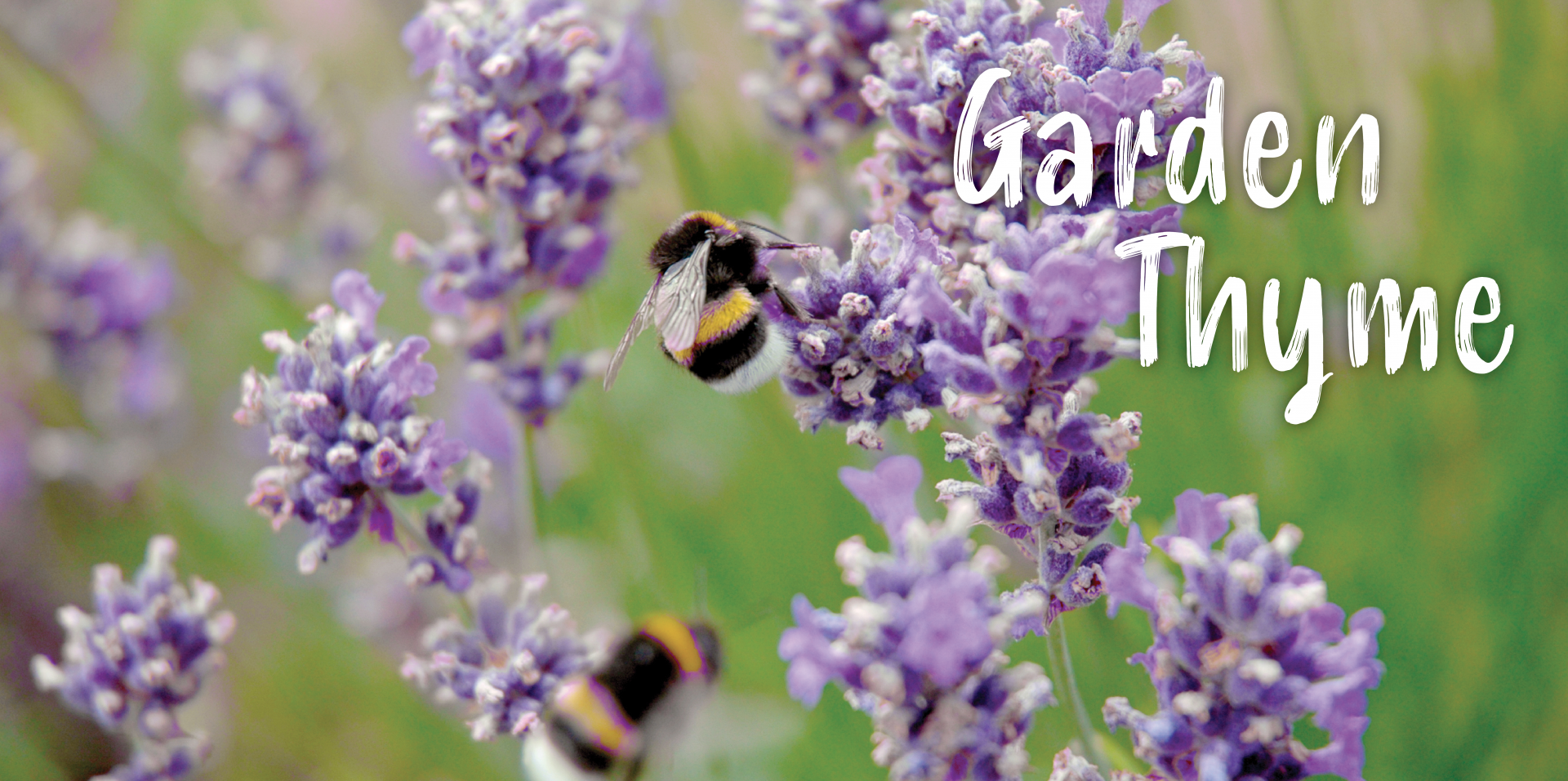Chinch bug damage has been seen in our area as early as the first part of July in years where we have had extreme hot and dry temperatures starting in May. Even though we have had a very mild spring, there is still the possibility of an infestation of Blissus leucopterus hirtus Montandon or the common “chinch bug”.
The southern chinch bug, is bar none, the most damaging insect pest of St. Augustine grass in Texas. Well that was before we started seeing the return of the sod webworm. Hopefully, we are done with those for a while. Chinch bugs can be a problem anywhere St. Augustine grass is grown. Although it is a serious pest only on St. Augustine grass lawns, the southern chinch bug occasionally may feed on zoysia grass, centipede grass, Bahia grass or Bermuda grass.
Identification
Expanding, irregular patches of dead or stunted grass surrounded by a halo of yellowing, dying grass often provide the first clues of chinch bugs. These islands of dying grass tend to increase in size and merge as insect numbers increase. Damage can develop rapidly, especially in sunny locations during hot, dry weather. Chinch bug damage can be confused with certain lawn diseases or other physiological disorders. Detecting significant numbers of the insects themselves is the best proof of chinch bug damage.
Adult southern chinch bugs are small and slender, measuring 1⁄6 to 1⁄5 of an inch long. They have black bodies with white wings, each of which bears a distinctive, triangular black mark.
Flotation is the best method for detecting and estimating chinch bug numbers. After removing the top and bottom lids of a coffee can and turning it into a metal cylinder, push it into the ground with a twisting motion. Use a knife, if necessary, to cut the grass around the rim. Fill the can with water for about 10 minutes and check for chinch bugs as they float to the surface. For 4-inch diameter coffee cans, damaging numbers of chinch bugs are present when you have an average of more than 2 bugs per sample. For a 6-inch diameter can, an average of 4 to 5 chinch bugs or more per sample would indicate damaging numbers. Several samples should be taken from different locations in the damaged (but not dead) grass.
Managing Chinch Bugs
Cultural control
Managing this pest begins with proper lawn care. By keeping thatch to a minimum, for example, you reduce chinch bug numbers and make other control methods more effective. Proper mowing practices can help reduce thatch buildup. For optimum turfgrass health, no more than 35 to 40 percent of the leaf blade should be removed at a time when mowing. This means that lawns generally should be mowed at least once a week during the growing season. Mulching or recycling mowers shred grass clippings into smaller pieces that are decomposed more easily by soil microbes. Research has shown that proper use of mulching mowers reduces the need for fertilizers and, as a result, reduces the build-up of excessive thatch. Also, top dressing with something like leaf mold compost works to reduce thatch buildup.
Applying excessive fertilizer also enhances thatch formation and makes the grass more attractive as a food source for chinch bugs. Organic, or slow-release, fertilizers reduce the risk of over-fertilization because they release nitrogen more slowly.
Too little or too much water also can cause chinch bug problems. Chinch bugs prefer hot, dry environments. Dry weather enhances survival of chinch bug nymphs and eggs by reducing the incidence of disease within chinch bug populations. Also, drought-stressed lawns are more susceptible to chinch bug injury. On the other hand, over-watering causes saturated oxygen-deprived soils that cannot sustain the microbes needed to decompose thatch.
St. Augustine grass lawns should be watched closely during the summer for signs of drought stress. The lawn should be watered immediately when edges of grass blades begin to curl, grass fails to spring back quickly when walked on, or the turf begins to have a dull bluish-gray color, apply enough water to wet the soil profile approximately 6 inches deep and let it dry out between irrigations. Too frequent watering promotes shallow root systems in St. Augustine grass, making it more susceptible to injury by chinch bugs.
Chemical control
Good cultural practices include water and fertility management, and thatch control. Improvement with these practices will dramatically reduce the need for insecticides to control chinch bugs. However, when chinch bugs are present, some corrective action is needed. While chemical insecticides can rapidly reduce chinch bugs when used according to label directions, most labeled materials do not last long and may require repeat applications. First determine whether a problem truly exists when considering pesticides for chinch bug control. You should check areas with suspected infestations several times. Insecticides can prevent further injury when chinch bugs are abundant enough to cause visible damage. Use spot treatments where chinch bugs are restricted to isolated areas of the lawn. Treat the off-color turf and all surrounding infested areas with something like Nitro Phos Bug Out or Bifenthrin. Inspect the site every 3 to 5 days for at least 2 weeks to determine if the infestation is under control. Spot treatments help prevent environmental contamination. They also minimize the impact of pesticides on beneficial insects.
Things To Do In The Landscape For July
- Roses can be pruned lightly.
- Adjust watering as temperatures rise.
- Remember to deep water your trees at least once per week if rainfall is low. Soaker hoses work best.
- It is not too late to treat for grubs.
- Watch for lace bugs on azaleas.
- Be on the lookout for chinch bugs in your lawn.
- Trim off faded blooms on your crape myrtles. This will extend the bloom time. While trimming, inspect for aphids, scale, and/or white-flies. These things are easier to treat for when caught early.
For great gardening products and information, come by the Growers Outlet and visit with any member of our team to get the help you need or go to our website at www.growersoutletinwillis.com and click on the ONLINE GARDEN CENTER BUTTON to shop or browse 24/7 or check out our Facebook page, Growers Outlet-Willis Texas, for real-time knowledge and product availability. Remember that we have the products and knowledge to help you have the prettiest yard on the block.





